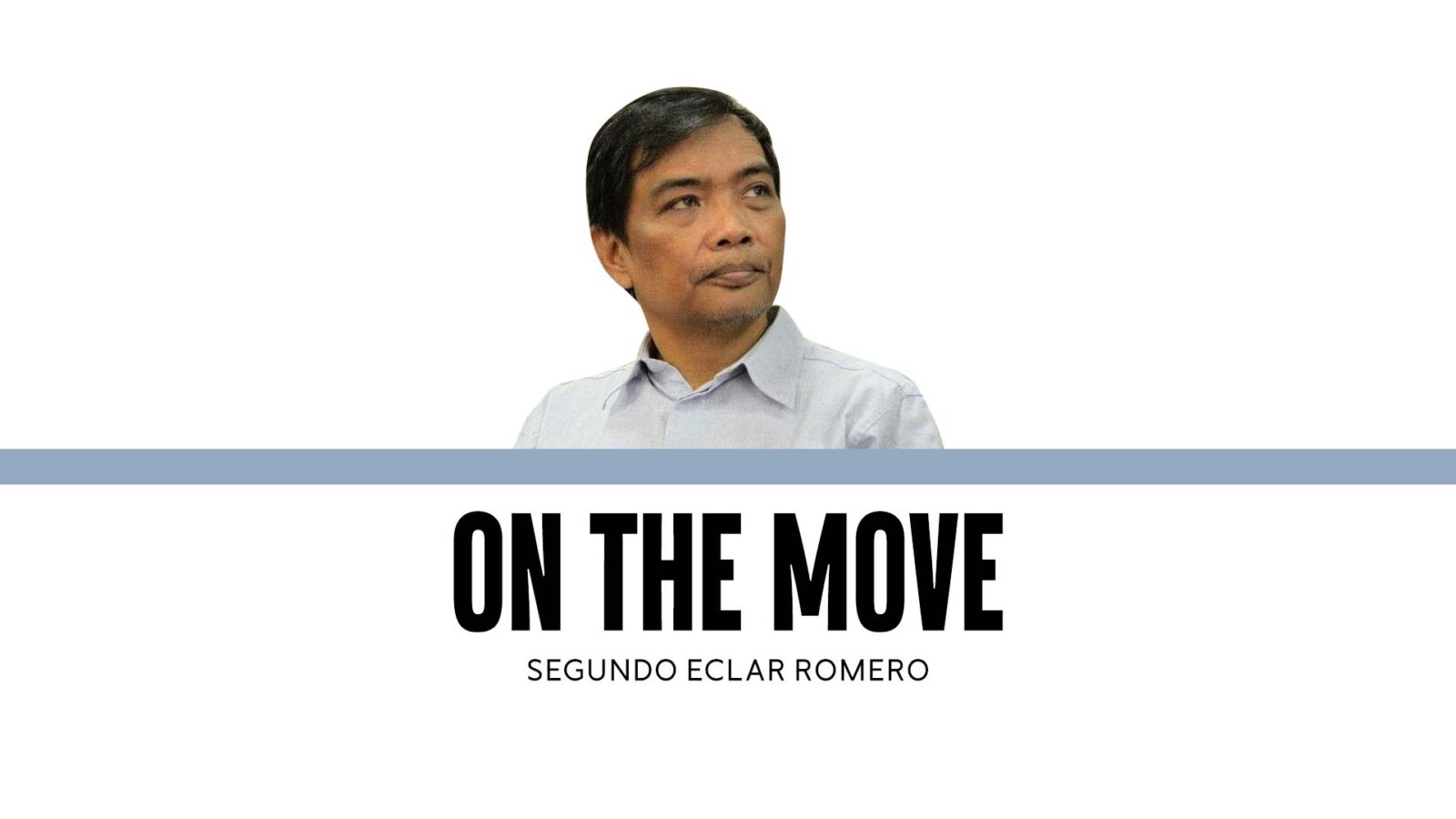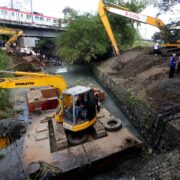Constitutional wear and tear

It doesn’t take a coup to break a Constitution. Sometimes, it just wears down—slowly, silently—until one day the gears no longer turn.
The Philippines today is experiencing what might be called “constitutional wear and tear.” Institutions still exist. Leaders still hold office. But their ability to function as a system has all but fractured. The architecture of our Republic—designed to uphold inclusive development, inclusive security, and inclusive governance—has become a battlefield of impasse, inertia, and institutional sabotage.
And this breakdown couldn’t be happening at a worse time. The country faces existential threats on multiple fronts: intensifying climate disasters, continuing poverty, creeping Chinese aggression in the West Philippine Sea, worsening economic uncertainty, and the looming disruption of artificial intelligence. Yet while our national challenges accelerate, our constitutional machinery stalls.
At the heart of the gridlock is a four-way stalemate across the executive, legislature, judiciary, and public opinion.
First, the executive fracture. For the first time in recent history, the President and Vice President came from the same political ticket. Many hoped this signaled unity. Instead, it swiftly turned to civil war. Differences over budget, education, and family legacies tore them apart. Allegations about the Vice President’s confidential funds lit the fuse. The House of Representatives launched investigations and, by mid-2025, filed articles of impeachment.
That’s when the second fracture emerged: the Senate refused to act “forthwith,” as the Constitution mandates. Instead of holding an impeachment trial, it bounced the articles back to the House and kicked the can down the road until the next Congress—legal maneuvering disguised as procedural delay. And the public noticed. Polls from Pulse Asia and Social Weather Stations showed overwhelming support for an immediate trial. Still, the Senate leadership shrugged.
Then came fracture number three. The Vice President, seizing the moment, ran to the Supreme Court. Surprisingly, the justices ruled the impeachment void. Their reasons: due process violations and multiple filings within the one-year limit. Critics howled: the Court had crossed a red line, stepping into a matter constitutionally reserved for the House. The House pushed back, accusing the judiciary of overreach. Separation of powers? More like weapons of obstruction.
Finally, even the Senate’s long-held identity as a “continuing body” came under question. Legal scholars debated whether the Senate could defer action to a future Congress. Another crack in the foundation. Another excuse for paralysis.
What do we make of all this? Not just a political mess, but a systemic signal: the Philippine Constitution, as it stands, is no longer fit for purpose. What was crafted in 1987 as a bulwark against dictatorship is now enabling dysfunction.
And we’re not alone. In the United States, once a model of constitutional democracy, institutional warfare has become the norm. From the Jan. 6 insurrection to Supreme Court legitimacy crises, America, too, is suffering democratic decay. Thailand has been through multiple coups. Korea weathered a presidential impeachment but emerged deeply scarred. Even Brazil and Peru have seen constitutions turned into chessboards for elite power games.
Across democracies, the pattern is disturbingly similar: institutions remain, but their spirit is drained, their purpose distorted, their functionality hollowed out.
This is not the fault of one leader or one party. It’s a symptom of a larger mismatch between the pace of 21st-century challenges and the sluggish, self-defeating machinery of government. Our Constitution was designed to stop authoritarianism, but now it prevents collective action.
So, where do we go from here? Patriots must zoom out. This is not just a budget fight, not just a partisan drama. It’s a moment of reckoning for the entire system. Constitutional devices are being used to defeat the very system they were designed to protect. It’s not reform we need—it’s transformation.
That may take many forms: (1) A serious look at charter change—not for the benefit of politicians, but for the nation; (2) A shift toward more coherent systems—perhaps a parliamentary or hybrid form of government; (3) Deep political party reform, to end personality-based chaos; and (4) A new consensus, across civil society, scholars, the private sector, and the youth.
Democracies don’t collapse in one day. But they do erode—until the public no longer believes in the promise of governance at all.
We still have time. But not much. The Constitution is not a relic. It is a living document. If we don’t maintain it, adapt it, and breathe life into it, we may one day find ourselves with a shell of a Republic—where nothing works, and nobody believes.
Let this be our wake-up call.


















